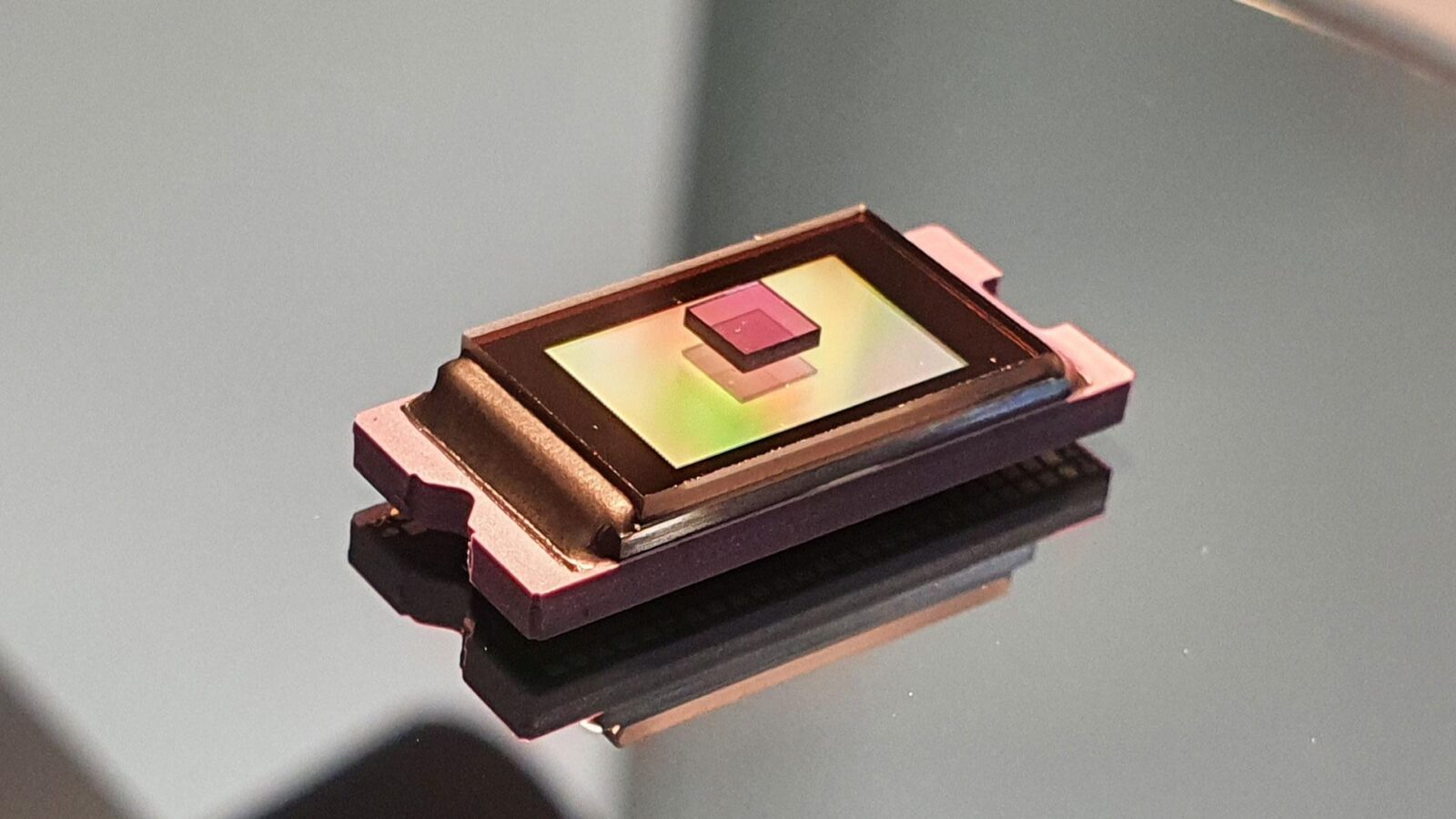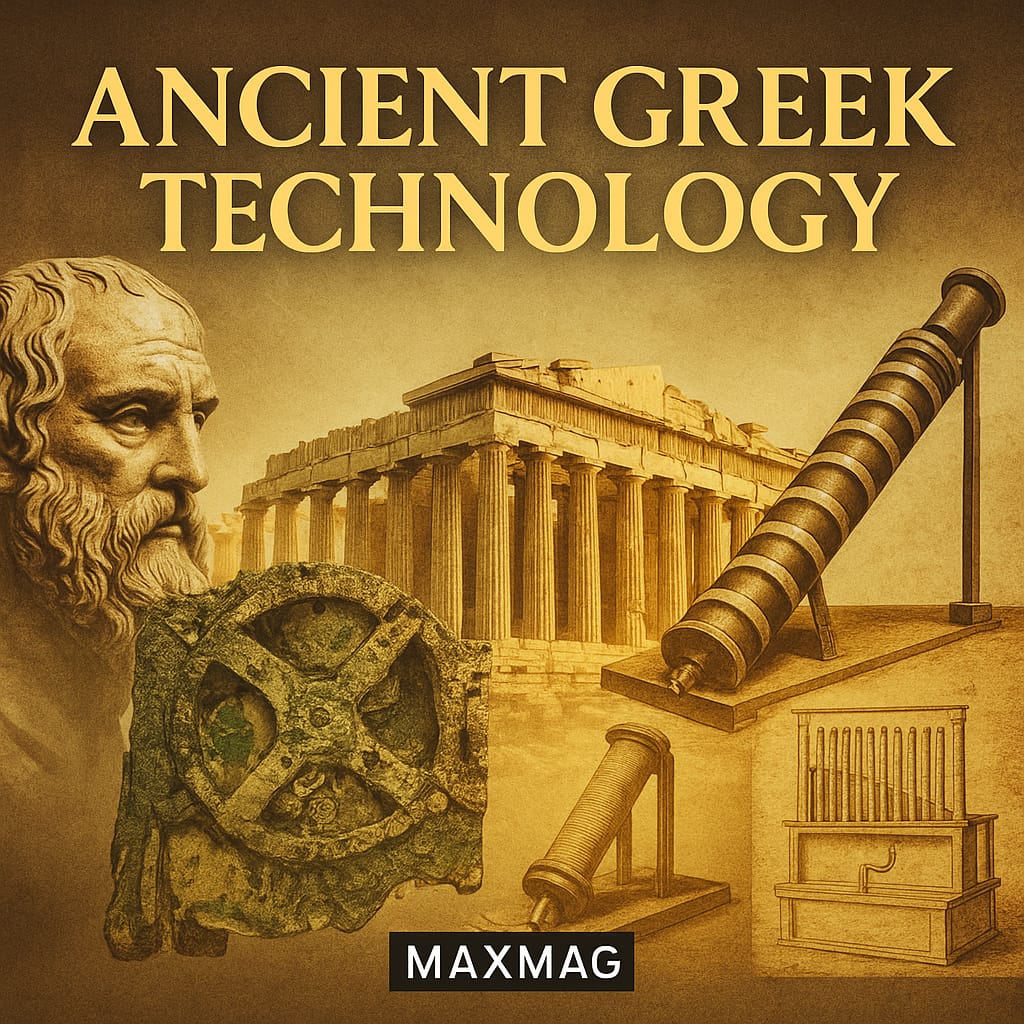
In the world of data storage, where every byte matters, a remarkable innovation is poised to redefine the limits of capacity and durability: diamond quantum memory technology. Developed by Japanese researchers and tech specialists, this breakthrough can reportedly store data equivalent to a billion Blu-ray discs — all on a diamond wafer the size of a coin.
But how does a gemstone become the next big thing in tech? Let’s take a closer look.
💠 The Power Inside a Diamond
Diamonds have long been admired for their brilliance, but they also possess an atomic structure that’s perfect for advanced quantum applications. Scientists have learned to manipulate what are known as nitrogen-vacancy centers inside diamonds. These imperfections in the crystal lattice act like tiny data vaults that can hold quantum bits, or qubits.
Qubits differ from traditional bits in that they can exist in multiple states simultaneously. This property is the foundation of quantum computing — a field aiming to solve problems too complex for classical computers.
For diamond quantum memory technology, purity is key. Any trace of nitrogen can disrupt quantum data. That’s why researchers have managed to grow ultra-pure diamond wafers — some with fewer than 3 parts per billion of nitrogen. This level of precision is not just impressive; it’s revolutionary.
📀 1 Billion Blu-rays in a Single Wafer
To put things into perspective, a single Blu-ray disc holds about 25 GB of data. Multiply that by a billion, and you’re looking at 25 exabytes — enough to store all the mobile data generated worldwide in a single day.
This is exactly what the Japanese innovation claims to achieve. A 2-inch diamond wafer, produced under highly controlled lab conditions, could potentially store this immense amount of data with more reliability and longevity than anything currently available.
Such a leap in capacity isn’t just a step forward. It’s a quantum leap.
🌐 Outbound Resource:
For a deeper dive into how nitrogen-vacancy centers are being used in real quantum systems, check out this research feature from MIT News.
🔬 What Makes Diamond Quantum Memory Different?
Compared to conventional hard drives or flash storage, diamond quantum memory technology has several standout benefits:
-
Durability: Diamonds are the hardest natural substance on Earth. Data stored in them could remain stable for decades or even centuries.
-
Room Temperature Stability: Unlike many quantum systems that require freezing temperatures, diamond qubits work efficiently at room temperature.
-
Energy Efficiency: Quantum storage can reduce energy demands by orders of magnitude, offering a greener alternative.
-
Miniaturization: Vast data volumes can be packed into a surface just a few centimeters across.

🧠 Real-World Applications
This isn’t just a lab curiosity. The technology could reshape various sectors:
-
National Archives & Scientific Institutions: Imagine preserving entire national libraries or climate databases inside a single vault-sized server.
-
Quantum Computers: As quantum processors evolve, they will need matching memory units that are just as fast and compact.
-
Data Centers: A single diamond wafer could replace hundreds of servers, slashing energy and space needs dramatically.
-
Military & Space Missions: Durable memory with no need for cooling? That’s gold (or rather, diamond) for off-world applications.
🏗️ Challenges to Overcome
While the potential is thrilling, several hurdles must be addressed before this technology reaches your device:
-
Cost of Production: Diamonds — especially synthetic, ultra-pure ones — are not cheap to grow at scale.
-
Integration: Existing devices and software architectures aren’t built to read qubits.
-
Standardization: The tech community will need agreed-upon standards for how quantum memory works and is measured.
Nonetheless, companies and universities around the world are racing to refine this innovation. A few years from now, diamond quantum memory technology may no longer be futuristic — it could be foundational.
🌍 Additional Resource:
Learn how firms like Element Six are leading the charge in producing quantum-grade diamonds used in cutting-edge science and computing.
❓ FAQ: Diamond Quantum Memory Technology
Q1: What is diamond quantum memory technology?
It’s a method of storing quantum data using ultra-pure diamond wafers that contain nitrogen-vacancy centers acting as memory points for quantum bits (qubits).
Q2: How much data can one diamond wafer hold?
A single 2-inch wafer could potentially store up to 25 exabytes of data — equivalent to one billion Blu-ray discs.
Q3: Is it already in use?
Currently, the technology is in experimental and early prototype phases. Commercial application may be years away, but progress is rapid.
Q4: Why use diamonds for memory?
Diamonds are incredibly stable, durable, and allow for quantum coherence at room temperature — ideal conditions for quantum memory.
Q5: Will this replace traditional storage?
Not immediately. While the tech is revolutionary, integration into mainstream use depends on cost reduction and system compatibility.
Final Thoughts
From dazzling jewelry to data vaults, diamonds are making a quantum shift. If current trends continue, diamond quantum memory technology could soon become a pillar of modern computing — invisible but invaluable.
It’s not just about storing more. It’s about storing smarter.




